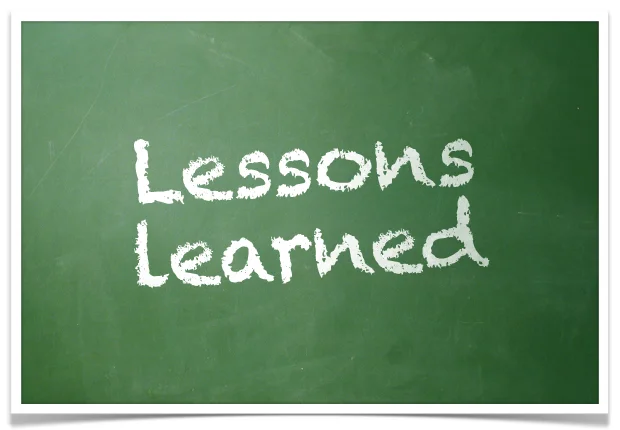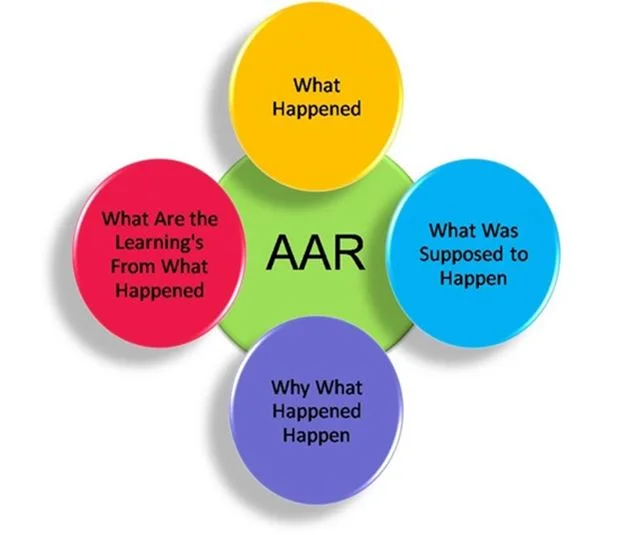Things Don’t Always Work-out
Your team has been working for months on the new product rollout. Product photos and videos have been produced and launched. Media events are moving along and social media plans are engaging with consumers. Sales people are meeting with retailers to demonstrate the new product and educate staff. National advertisements are launched and hitting large regional markets. But something is not right.
Sales numbers are much slower than business plans projected. National sales directors are getting antsy and already talking about sales promotions. The product team is pushing back that it is way too early to discount the new product. Senior management is pushing sales teams to work harder and hit more retailers per day. Everyone is running around doing their best. But what is happening?
After-action Review
Everyone needs to take a step back, breathe deeply, and first understand what is actually happening. This is looking at the data, visiting retailers, talking to customers, and linking the numbers to the voices to have a clear picture of the situation. Most companies lack the discipline to systematically analyze what the problem(s) is before taking action. This is where an after-action review (AAR) is valuable.
The AAR comes from the military. It is a systematic process to gather the key troops together to evaluate how the campaign is going, what is not working (or working great), and adjust as needed. Teams should meet a minimum of once per month during the first 6 months of a new product rollout – and not wait for something bad to happen. Understanding what the competitors’ reactions are, where things are working and why is critical for long-term success. In addition, transferring best-practices across regions and finding out what is not working using a root-cause analysis is critical for systematic improvements.
Conclusion
In the example above, the teams took the time to review all the data, went into the field to understand first-hand what was working and failing, and quickly developed counter-actions. The key item was altering the value proposition to focus on timesaving rather than financial saving. This little tweak and increased product education slowly moved the needle and sales volumes began to increase toward planning targets. Without a systematic review and analysis, too often teams resort to quick fixes (e.g., sales promotions) which create long-term brand damage. Don’t wait until the s@%t hits the fan. Schedule in regular AARs to constantly adjust ongoing campaigns and create a learning organization.



